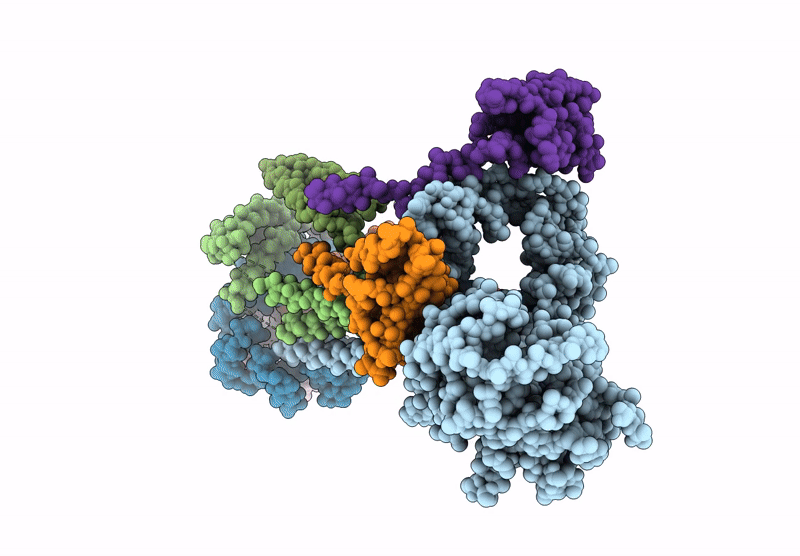
Deposition Date
2020-05-22
Release Date
2020-07-15
Last Version Date
2024-05-15
Method Details:
Experimental Method:
Resolution:
6.40 Å
Aggregation State:
PARTICLE
Reconstruction Method:
SINGLE PARTICLE


